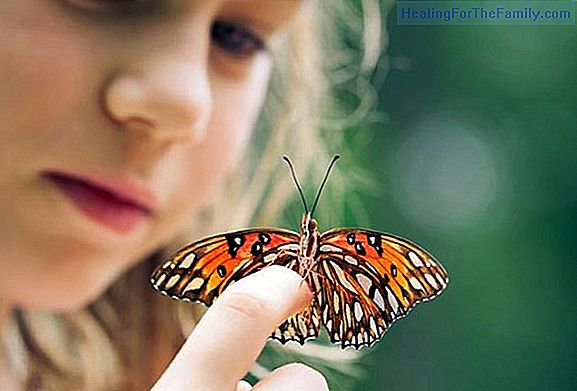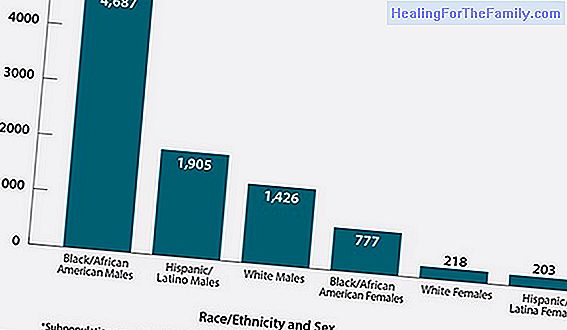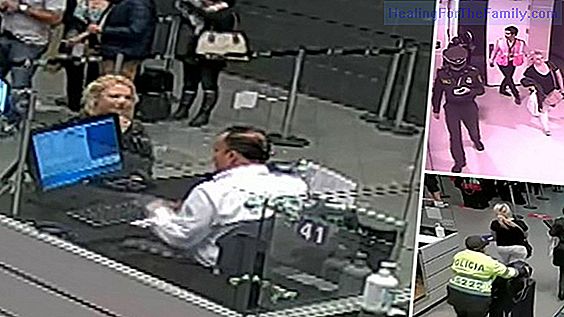How are preadolescents
As it is commonly said, children do not come with an instruction manual under their arm, something that could be very useful in certain stages marked by changes such as preadolescence. However, identifying the symptoms and knowing how to accompany our children at this stage is within our reach thank
As it is commonly said, children do not come with an instruction manual under their arm, something that could be very useful in certain stages marked by changes such as preadolescence.
However, identifying the symptoms and knowing how to accompany our children at this stage is within our reach thanks to tools such as observation, listening and empathy.
Signs that indicate that our child entered preadolescence

During preadolescence, many physical and psychological changes occur. Also emotional. Preadolescence is the stage where we have more capacity for learning and more interest in learning new things. In addition, moral conflicts, concepts such as fair and unfair, good and bad, begin to be habitual in their thoughts.
- Physical changes: in the girls the breast increases, the hips are widened and the muscles are refined. In children, however, that physical development is more gradual, although the so-called "stretch" (a marked growth in a short time) can occur.
- Emotional changes: Both boys and girls begin to give greater importance to 'friendship'. Groups (or gangs) of friends are formed that support and unite more. Children opt for the most active games, while girls begin to give more time to the 'talks'. In both, sensitivity to social issues is sharpened and changes in mood are more evident.
It is a summary: a stage of change and needs to which we are often not accustomed to paying attention. It is essential to be aware that this path we will have to live with them, so the best way to help them is from the accompaniment and not from the position of protective parents.
3 tips to help the preadolescent child
It is at this time when parents begin to lose control, although we have several tools to detect these problems: La 1. Observation.
We must observe the changes that our children experience, but without judging or interpreting, because if we begin to question them, it may possibly be a first step towards distancing ourselves. 2. Listening.
An active listening that helps us understand what is happening to them. Only by listening can we discover what those unmet needs are. 3. Empathy.
Normally we usually enter into the game of the council or impose our point of view without giving explanations. Empathy, however, requires us to empty our ego mind and put ourselves in the shoes of our children. This task is, without doubt, one of the hardest a father or mother has. That is, we can not forget what they feel and that, if we want them to trust us, they should not have the feeling that what their parents want is simply to satisfy their own desires.
Therefore, we must make them understand what our role is in all this, which is none other than to help them begin to find solutions to their problems. For something preadolescence is that first stage before starting puberty and, in short, the moment in which the first signs of independence are given.












